Douglas F. Elliott9780122370755, 0122370759, 9780585470573
Table of contents :
Contents……Page 6
Preface……Page 12
Acronyms and Abbreviations……Page 14
Notation……Page 18
I. Introduction 1……Page 24
II. Review of Fourier Series……Page 25
III. Discrete-Time Fourier Transform……Page 29
IV. z-Transform……Page 39
V. Laplace Transform……Page 47
VII. Discrete Fourier Transform……Page 50
VIII. Discrete-Time Random Sequences……Page 64
IX. Correlation and Covariance Sequences……Page 68
X. Power Spectral Density……Page 73
XI. Summary 1……Page 74
References 1……Page 76
I. Introduction 2……Page 78
II. FIR Digital Filter Preliminaries……Page 79
III. FIR Filter Design Based on Windowing……Page 84
IV. Equiripple Approximations for FIR Filters……Page 94
V. Maximally Flat Approximations for FIR Filters……Page 113
VI. Linear Programming Approach for FIR Filter Designs……Page 118
VII. Frequency Transformations in FIR Filters……Page 123
VIII. Two-Dimensional Linear-Phase FIR Filter Design and Implementation……Page 135
IX. Recent Techniques for Efficient FIR Filter Design……Page 141
X. Other Useful Types of FIR Filters……Page 159
XI. Summary 2……Page 169
Appendix A. Design Charts for Digital FIR Differentiators and Hilbert Transformers……Page 170
Appendix B. Program Listings for Linear-Phase FIR Filter Design……Page 173
References 2……Page 193
I. Introduction 3……Page 196
II. Characteristics of Bandwidth-Reducing FIR Filters……Page 203
III. Data Rate Reduction (Desampling) by 1/M Filters……Page 231
IV. Heterodyne Processing……Page 246
V. Interpolating Filters……Page 257
VI. Architectural Models for FIR Filters……Page 268
VII. Summary 3……Page 275
Appendix. Windows as Narrowband Filters……Page 276
References 3……Page 309
I. Introduction 4……Page 312
II. Preliminaries……Page 313
III. Stability……Page 314
IV. Digital Filter Realizations……Page 318
V. Frequency Domain Design……Page 323
VI. Analog Filter Design and Filter Types……Page 329
VII. Frequency Transformations……Page 354
VIII. Digital Filter Design Based on Analog Transfer Functions……Page 355
IX. Spectral Transformations……Page 366
X. Digital Filters Based on Continuous-Time Ladder Filters……Page 367
XI. Summary 4……Page 376
References 4……Page 378
I. Introduction 5……Page 382
III. Generation and Propagation of Roundoff Noise in Digital Filters……Page 392
IV. Dynamic Range Constraints and Scaling……Page 396
V. Signal-to-Roundoff-Noise Ratio in Simple IIR Filter Structures……Page 401
VI. Low-Noise IIR Filter Sections Based on Error-Spectrum Shaping……Page 410
VII. Signal-to-Noise Ratio in General Digital Filter Structures……Page 418
VIII. Low-Noise Cascade-Form Digital Filter Implementation……Page 419
IX. Noise Reduction in the Cascade Form by ESS……Page 422
X. Low-Noise Designs via State-Space Optimization……Page 425
XI. Parameter Quantization and Low-Sensitivity Digital Filters……Page 435
XII. Low-Sensitivity Second-Order Sections……Page 439
XIII. Wave Digital Filters……Page 442
XIV. The Lossless Bounded Real Approach for the Design of Low-Sensitivity Filter Structures……Page 457
XV. Structural Losslessness and Passivity……Page 466
XVI. Low-Sensitivity All-Pass-Based Digital Filter Structures……Page 467
XVII. Digital All-Pass Functions……Page 476
XVIII. Orthogonal Digital Filters……Page 481
XIX. Quantization Effects in FIR Digital Filters……Page 483
XX. Low-Sensitive FIR Filters Based on Structural Passivity……Page 488
XXI. Limit Cycles in IIR Digital Filters……Page 492
References 5……Page 498
I. Introduction 6……Page 504
II. Unitary Discrete Transforms……Page 505
IV. Sinusoidal Discrete Transforms……Page 508
V. Nonsinusoidal Discrete Transforms……Page 522
VI. Performance Criteria……Page 533
VII. Computational Complexity and Summary……Page 539
Appendix A. Fast Implementation of DCT via FFT……Page 540
Appendix B. DCT Calculation Using an FFT……Page 544
References 6……Page 546
I. Introduction 7……Page 550
II. DFTs and DFT Representations……Page 551
III. FFTs Derived from the MIR……Page 555
IV. Radix-2 FFTs……Page 576
V. Radix-3 and Radix-6 FFTs……Page 581
VI. Radix-4 FFTs……Page 587
VII. Small-N DFTs……Page 588
VIII. FFTs Derived from the Ruritanian Correspondence (RC)……Page 590
IX. FFTs Derived from the Chinese Remainder Theorem……Page 594
X. Good’s FFT……Page 596
XI Kronecker Product Representation of Good’s FFT……Page 597
XII. Polynomial Transforms……Page 602
XIII. Comparison of Algorithms……Page 603
XIV. FFT Word Lengths……Page 610
XV. Summary 7……Page 618
Appendix A. Small-N DFT Algorithms……Page 619
Appendix B. FFT Computer Programs……Page 623
Appendix C. Radix-2 FFT Program……Page 625
Appendix D. Prime Factor Algorithm (PFA)……Page 628
Appendix E. Highly Efficient PFA Assembly Language Computer Program……Page 644
References 7……Page 653
I. Introduction 8……Page 656
II. The DFT as a Bank of Narrowband Filters……Page 662
III. Fast Convolution and Correlation……Page 689
IV. The DFT as an Interpolator and Signal Generator……Page 706
References 8……Page 721
I. Introduction 9……Page 724
II. Rational Spectral Models……Page 725
III. Rational Modeling: Exact Autocorrelation Knowledge……Page 730
IV. Overdetermined Equation Modeling Approach……Page 737
V. Detection of Multiple Sinusoids in White Noise……Page 739
VI. MA Modeling: Time Series Observations……Page 744
VII. AR Modeling: Time Series Observations……Page 746
VIII. ARMA Modeling: Time Series Observations……Page 747
IX. ARMA Modeling: A Singular Value Decomposition Approach……Page 749
X. Numerical Examples 9……Page 754
References 9……Page 762
I. Introduction 10……Page 764
II. Deconvolution and LTI Systems with No Measurement Noise……Page 769
III. Deconvolution and the Identification of DTLTI Systems with Measurement Noise……Page 783
IV. Fast Algorithms for Deconvolution Problems……Page 789
V. Some Practical Applications of Deconvolution……Page 800
VI. Summary 10……Page 807
Appendix A. References for Obtaining Computational Algorithms……Page 808
Appendix B. Implementing the Levinson or Toeplitz Recursion……Page 809
References 10……Page 810
I. Introduction 11……Page 812
II. Time Delay Estimation for Active Sensors……Page 816
III. Time Delay Estimation for Passive Sensors……Page 841
IV. Cross-Correlation and Its Relationship to the Time Delay Estimation Problem……Page 856
V. The Implementation of Some Time Delay Estimation Algorithms Using the Fast Fourier Transform (FFT)……Page 860
VI. Algorithm Performance……Page 867
References 11……Page 876
I. Introduction 12……Page 880
II. Some Matrix Operations……Page 881
III. A Class of Optimal Filters……Page 883
IV. Least-Mean-Squares (LMS) Algorithm……Page 889
V. LMS Lattice Algorithms……Page 905
VI. Concluding Remarks……Page 911
Appendix. Four FORTRAN-77 Programs……Page 912
References 12……Page 919
I. Introduction 13……Page 922
II. Least Squares Estimation……Page 923
III. Linear Minimum Mean Square Estimation……Page 931
IV. Discrete Kalman Filtering Examples……Page 938
V. Extensions……Page 945
VI. Some Computational Considerations……Page 952
References 13……Page 961
I. Introduction 14……Page 964
II. Digital Machine Fundamentals……Page 965
IV. Number Representations……Page 970
V. Hardware Components……Page 973
VI. Microprogramming……Page 982
VII. Keeping Things in Perspective……Page 986
VIII. Distributed Arithmetic……Page 987
References 14……Page 995
Addendum to Chapter 3 Window Generation Computer Program……Page 998
A……Page 1010
C……Page 1011
D……Page 1012
E……Page 1013
F……Page 1014
G……Page 1015
I……Page 1016
L……Page 1017
N……Page 1018
R……Page 1019
S……Page 1020
T……Page 1021
Z……Page 1022
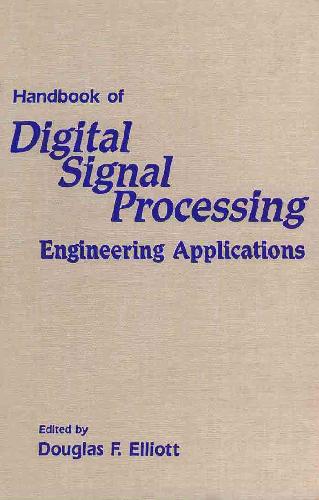
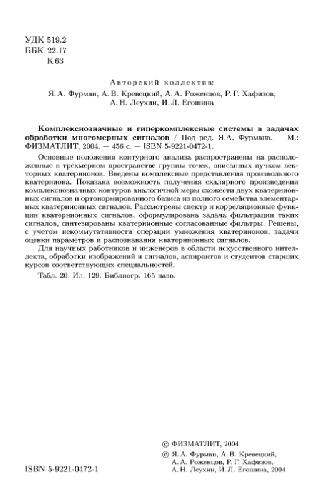

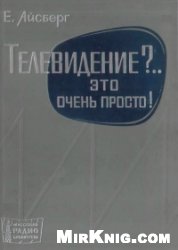

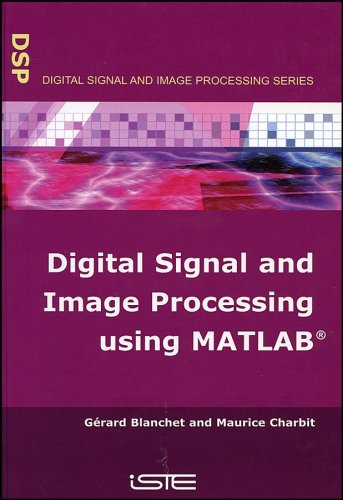
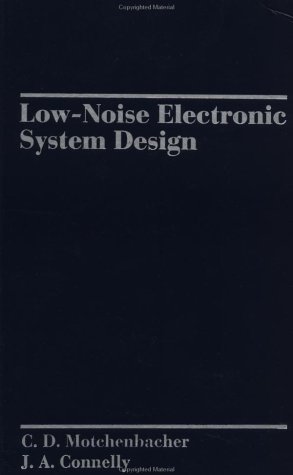
Reviews
There are no reviews yet.